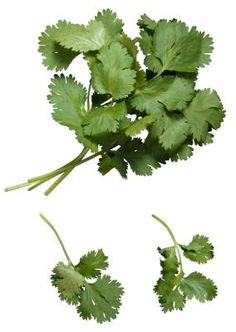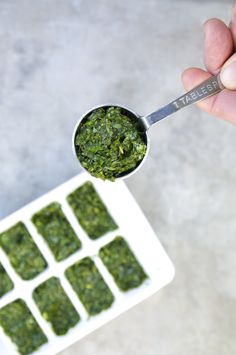Fresh Cilantro vs. Dried Cilantro

Whatever you cook, it is critical to add the proper spices and herbs to enhance the flavor of your cuisine. Many herbs are used in various cuisines, either fresh or dried. Cilantro is a popular herb in Asian, Indian, Mexican, and Middle Eastern cuisines and many other cuisines throughout the world. It is simply the fresh leaves of the coriander plant. Coriander is a plant that belongs to the parsley family, which also contains parsley, celery, cumin, fennel, dill, and a few more plants and herbs. Coriander seeds are the seeds of the coriander plant and are commonly used as a spice in cuisine. They have a toasty, nutty, lemony flavor and may be used whole or ground. Fresh Cilantro is regarded as a flavorful herb. Some herbs have a stronger flavor when dried, whereas Cilantro has a softer flavor when dried. As a result, fresh and dried Cilantro are utilized in different cuisines, and they are rarely substituted for one another. However, if you don’t mind the mild flavor that dried Cilantro provides to recipes, you may substitute it with fresh Cilantro. Fresh Cilantro is used instead of dried, but only in a small amount and towards the end of the cooking time.
Does Dried Cilantro Taste Like Fresh Cilantro?
Dried Cilantro does not taste the same as fresh Cilantro. Fresh Cilantro has a strong lemony and somewhat spicy flavor that some people find soapy, but dried Cilantro has a mild cilantro flavor. Culantro is more flavorful than Cilantro. As a result, if you want to achieve the strong flavor of fresh Cilantro in your recipes, using dry Cilantro is not a viable option. As a result, you should use it in lower quantities in your recipes.
Can dried Cilantro be used in place of fresh?
The flavors of dried and fresh Cilantro differ. Fresh Cilantro has a stronger taste than dried Cilantro. As a result, if you don’t have any other herbs on hand, you may substitute dried Cilantro for fresh. However, you will not obtain the same flavor in your meal as if you used fresh Cilantro. You may use two teaspoons of dried Cilantro for four tablespoons of fresh Cilantro. Rice, soups, bean dips, bread, and chutneys are just a few of the dishes that might benefit from dried Cilantro instead of fresh. However, you must add the dried Cilantro at the beginning of the cooking period to have enough time to flavor your food. Using dried Cilantro instead of fresh Cilantro in various recipes, such as sandwiches or sauces, is not suggested.
Can you Use Dried Cilantro Instead of Fresh in Salsa?

Using dried Cilantro instead of fresh Cilantro while cooking salsa is not a good idea. When creating salsa, you use fresh and raw ingredients such as tomatoes, onion, garlic, and fresh Cilantro to give your salsa a lively and fresh taste. And dried Cilantro won’t give you the fresh flavor you’re looking for in your salsa. It is preferable to include fresh herbs such as cilantro, mint, basil, and parsley. They have a similar flavor to Cilantro and can provide the finishing touch of freshness to your salsa.
What is Dried Cilantro Used For in Cooking?
Dried Cilantro is fantastic in meals that require a longer cooking period, such as dishes with beans, rice, soups, stews, and marinades. It also works well as a garnish or flavoring in salads, casseroles, and sauces. When using dried Cilantro, add it to your recipe at the beginning of the cooking process to add flavor to the meal. Dried Cilantro can not be used in meals where fresh herbs, such as Cilantro, are required to improve the flavor.
How to Store Cilantro Properly?

Fresh Cilantro cannot be kept fresh for an extended period if it is not preserved correctly. You may keep it fresh by placing the stems in a glass of water and covering the top with a plastic bag. The glass may then be stored in the refrigerator and used as needed. Fresh Cilantro is also stored in freezer bags. Blanch the leaves in boiling water first, then wilt them in cold water. After patting the blanched leaves dry with a paper towel, place them in freezer bags and freeze them. You can defrost your Cilantro anytime you need it. Fresh Cilantro can also be minced and combined in a 1:4 ratio with salt (1 part salt and four parts cilantro). This salt will stay in the freezer for approximately a year and may be used in various cuisines that call for Cilantro. You will, however, need to minimize the quantity of additional salt used in the meal.
Conclusion
Due to its distinct flavor, Cilantro is a common ingredient in a wide range of recipes. If you enjoy the flavor of Cilantro, you may include it in your favorite meals. If you can’t handle the intense flavor, use dried Cilantro instead, and you’ll have a hint of cilantro flavor to complement your food.
Which Cilantro you like and will use depends entirely on your preferences and the type of food you create.











